
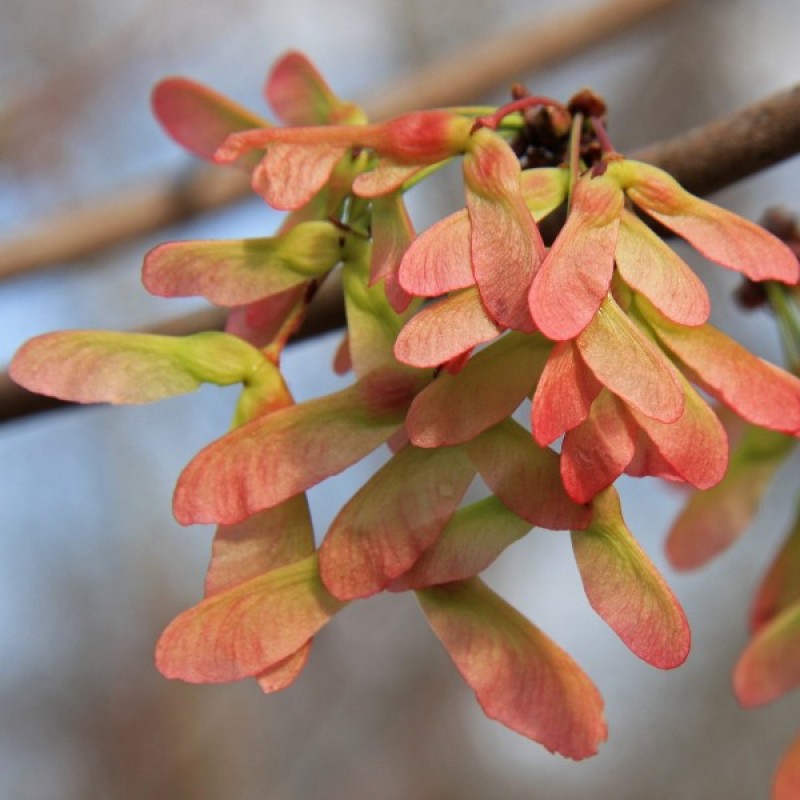
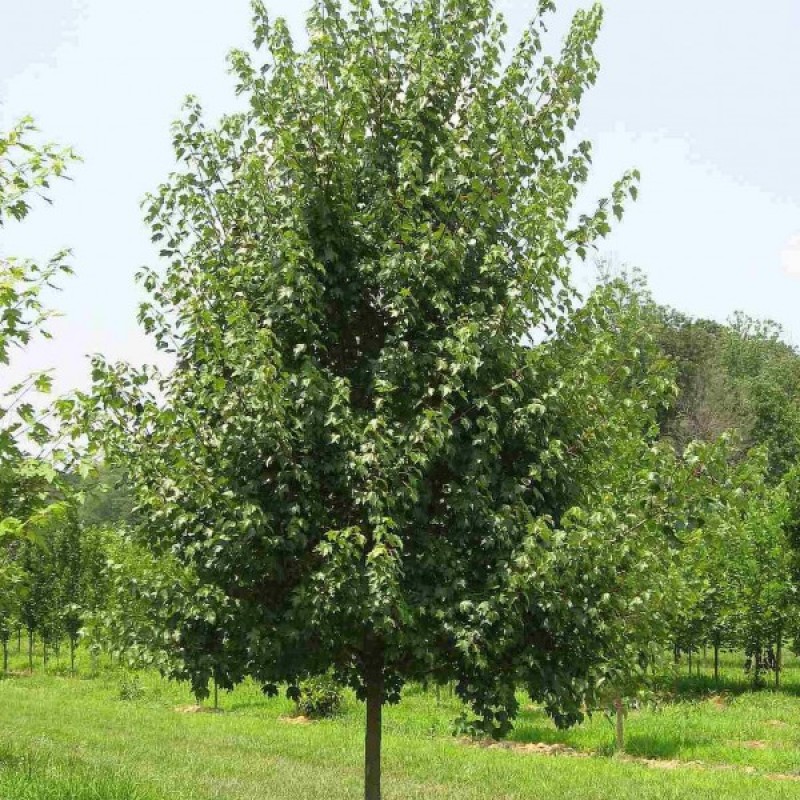
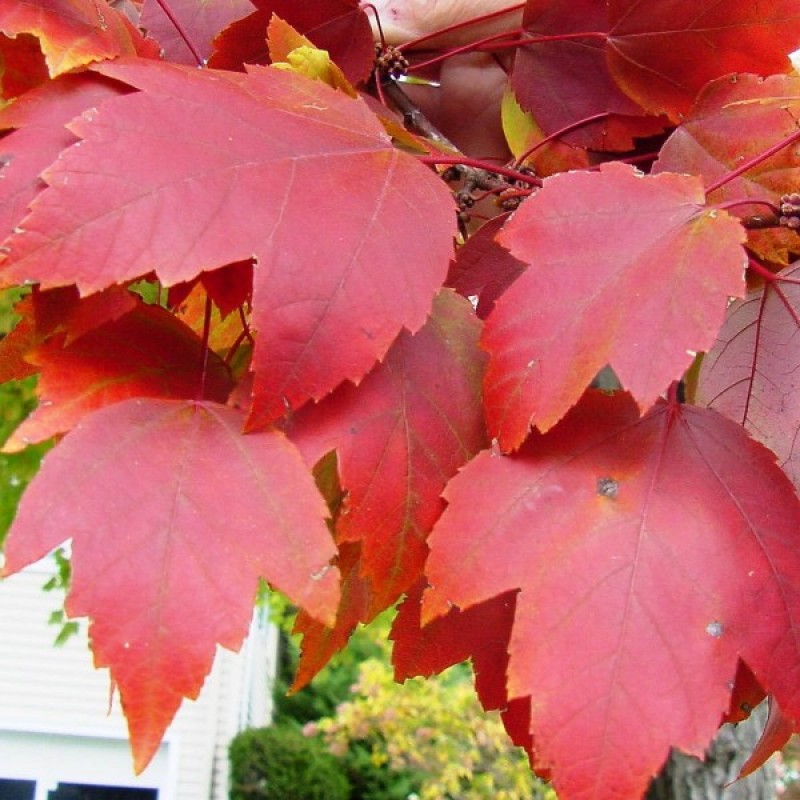

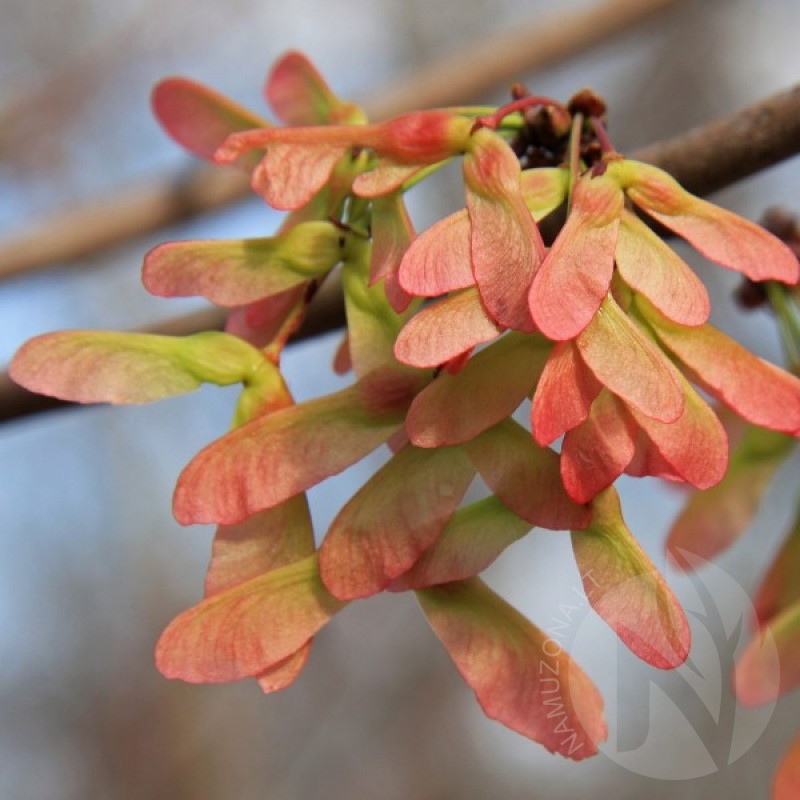
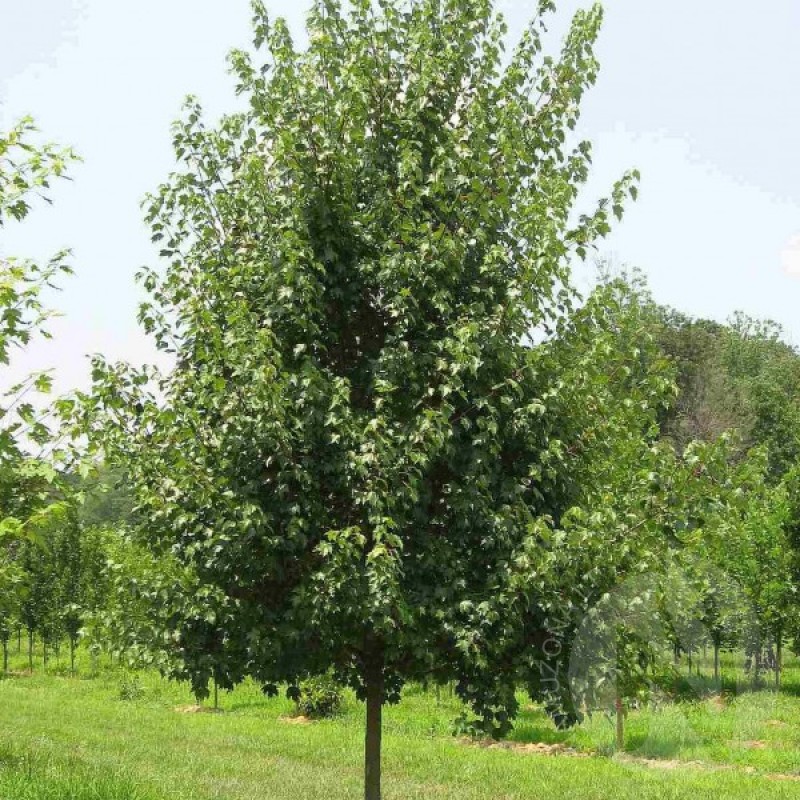
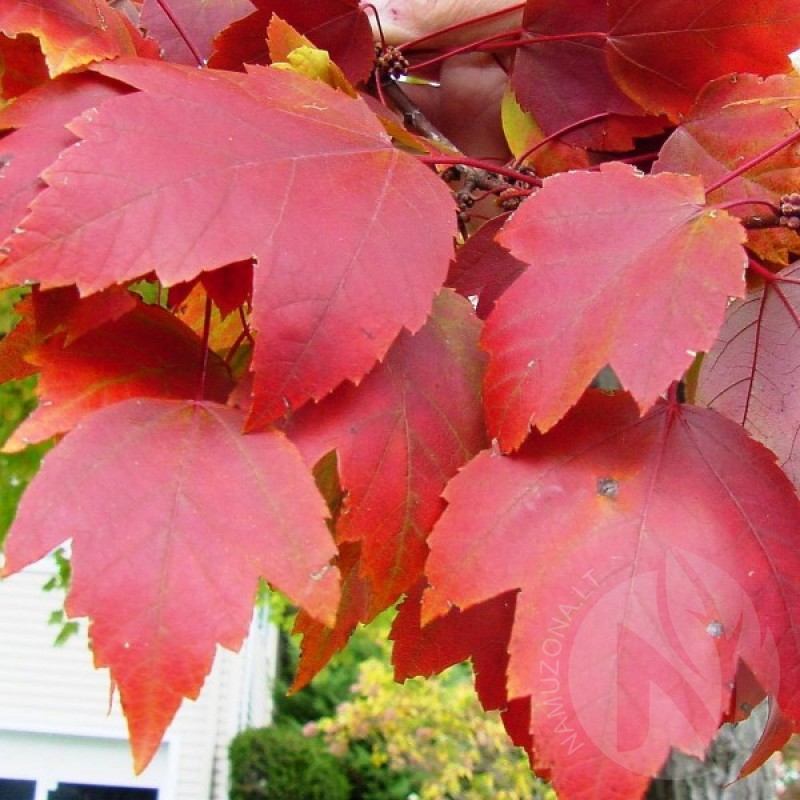
PAY ATTENTION!
All seeds (except SOLD OUT) are available for immediate shipping and will be dispatched within 1-2 business days.
INFORMATION NEEDED? PLEASE CONTACT US NOW!
Red maple is a tall, deciduous tree that is native to south-eastern North America.
Widely planted, it has a rounded canopy and is best known for its spectacular fall color that ranges from bright crimson to shades of yellow, orange and red. In winter, its stark gray fissured bark looks nice against snowy landscapes.
Adapted to a wide range of soils and topographies, red maple does best in locations with full to part sun. It makes a great shade tree, does well in urban settings and may be planted as a street tree if given ample growing space.
Of easy cultivation, it prefers a good moist well-drained soil, though this species succeeds in wetter soils than most other members of the genus. Grows well in heavy clay soils. Dislikes chalk according to one report, whilst others say that it does less well on chalk, often becoming chlorotic as a result of iron deficiency. Prefers a sunny position but tolerates some shade. Tolerates atmospheric pollution. A fast-growing tree for the first 20 - 30years of its life, it may live for 75 - 100 years. Red maple is a bad companion plant, inhibiting the growth of nearby plants. A variable species with several sub-species, there are also many named varieties that have been selected for their ornamental value. This species is often confused with A. saccharinum.
Genus - Acer
Species - Rubrum
Common name - Red Maple
Pre-Treatment - Required
Hardiness zones - 4 - 8
Height - 40-60' / 12 - 18 m
Spread - 30-40' / 9 - 12 m
Plant type - Medium Tree
Vegetation type - Deciduous
Exposure - Full Sun, Partial Sun
Growth rate - Fast
Soil PH - Acidic, Neutral, Alkaline
Soil type - Clay, Loam, Sand, Well Drained
Water requirements - Average water needs. Water regularly, do not over water
Landscape uses - Feature Plant, Shade Trees, Street Trees
Bloom season - Spring
Leaf / Flower color - Green, Dark green / Red or Yellow
GERMINATION INSTRUCTIONS
1. Start the cold stratification process in the end of the beginning of the year.
2. Place the seeds in a glass bowl and cover with room temperature water. Allow the seeds to soak for a minimum of 24 hours but no longer than 48 hours.
3. Hold a handful of sterile peat planting medium under a running faucet until the peat is soaked. Squeeze most of the water out of the peat, leaving it moist but not soggy. Place the moist peat into a zip-lock plastic bag.
4. Remove the seeds from the bowl of water and rinse them off under clean running water. Place up to three seeds into the plastic bag containing the peat. Use more peat and plastic bags if you want to germinate more than three seeds.
5. Push the seeds into the peat and seal the plastic bag. Shake the bag to distribute the peat so that it covers the seeds completely. The seeds must be buried in the moist peat in order to germinate.
6. Place the sealed bag in the bottom of the refrigerator. This will serve as the cold stratification. The seeds need to be kept at +4-+7C (34-46F) for a minimum of 60 days, but not longer than 90 days.
7. Open the plastic bag periodically to make sure the peat is still moist. Add water as needed to restore the moisture.
8. Check the weather forecast after 35 days. You can plant the seeds outdoors if all danger of frost has passed. You can wait up to 55 more days, if there is still a possibility of frost and plant the seeds as late as early summer.
9. Plant the seeds by removing them from the peat and rinsing them with clean water. Bury the seeds ensuring that the seeds are covered. Keep the soil moist until the seeds sprout.
No questions about this product.

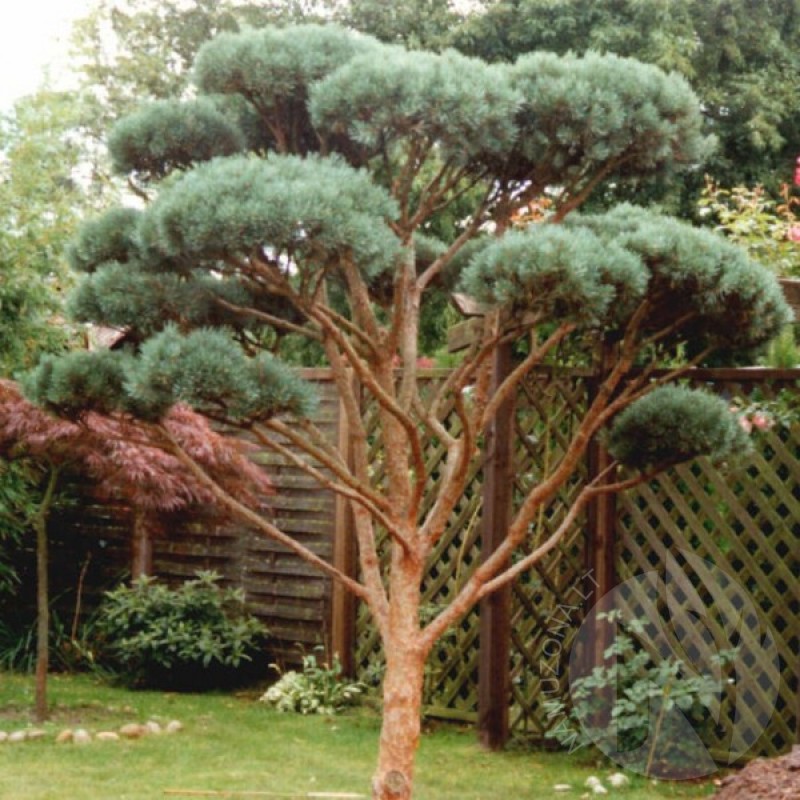






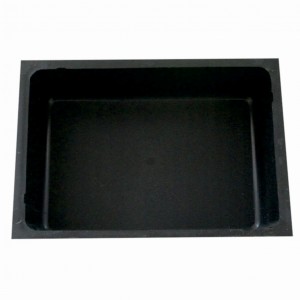


Esu labai patenkintas savo užsakymu. Geras bendravimas ir pakuotė. Pridėtos sėklų sėjos instrukcijos. Rekomenduoju.